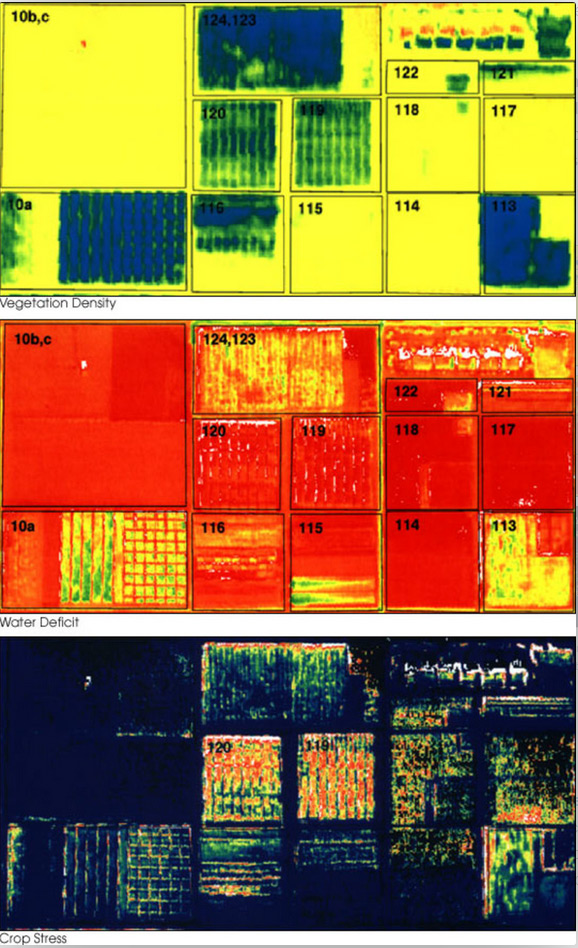 Of course by “get on board” I’m not referring to anything politically or theologically minded, and I’m also not implying that we should all suddenly commence throwing Apple watches on our wrists, start believing the Kardashians have something interesting to say, and begin skateboarding down the steps of town hall shouting “Swag!” at the top of our lungs.
Of course by “get on board” I’m not referring to anything politically or theologically minded, and I’m also not implying that we should all suddenly commence throwing Apple watches on our wrists, start believing the Kardashians have something interesting to say, and begin skateboarding down the steps of town hall shouting “Swag!” at the top of our lungs.
Definitely not.
Especially the thing about the Kardashians.
What I AM saying however is that modern sociological attitudes aside….and using a misplaced train analogy, we should definitely jump on board the technological express. We’ve probably all been exposed already to new technological advancements for our farms, but recent upgrades in drone technology have created new points of interest in agriculture.
Linking with GPS receivers, UAV’s have the ability to create hi-definition image data and sensory data of your entire farming operation, all with a unique bird’s eye view. We’ve heard the name Drone or UAV thrown around the ag-field now for years, and with the FAA relaxing control of airspace over farms for scouting observations the sky is literally the limit on the types of data they can retrieve.
So here are three reasons all farmers need to think about UAV’s for their growing operation:
1. Replacing plane flyovers for topographical imaging data: UAV’s themselves are inexpensive and require no man made effort to fly them. In fact, GPS coordinated Drones can automatically fly pre-plotted courses and create image data of the topography of your farm for analysis. Farmers can have updated aerial images of their entire operation on a regular basis, meaning they can adapt to changing growing conditions faster
2. Detailed spatial and sensory analysis: Replace a UAV’s camera with a thermal infrared sensor and it will yield important crop analysis data. These images show differences in the amount of reflected light, and are indications of plant health or even soil type. Depending on the filter used, diseased or underperforming areas appear much darker, and treatments can be applied in the correct measurable amounts
 3. Spraying and scouting: Drones can even replace humans in doing conventional forms of farm activities. While a UAV certainly does not have the payload of a traditional sprayer, it can be used to reach inaccessible areas for accurate precision crop input application. In other words, if you’ve pinpointed particular areas of interest that require attention and don’t need a large area sprayed, a drone can either be guided by human hands to the location for accurate application, or even automatically guided by GPS. In essence, a UAV used in this way is like a scalpel, doing precision work that a knife is too large for.
3. Spraying and scouting: Drones can even replace humans in doing conventional forms of farm activities. While a UAV certainly does not have the payload of a traditional sprayer, it can be used to reach inaccessible areas for accurate precision crop input application. In other words, if you’ve pinpointed particular areas of interest that require attention and don’t need a large area sprayed, a drone can either be guided by human hands to the location for accurate application, or even automatically guided by GPS. In essence, a UAV used in this way is like a scalpel, doing precision work that a knife is too large for.
For more information on AgDNA, head on over to our website at agdna.com
